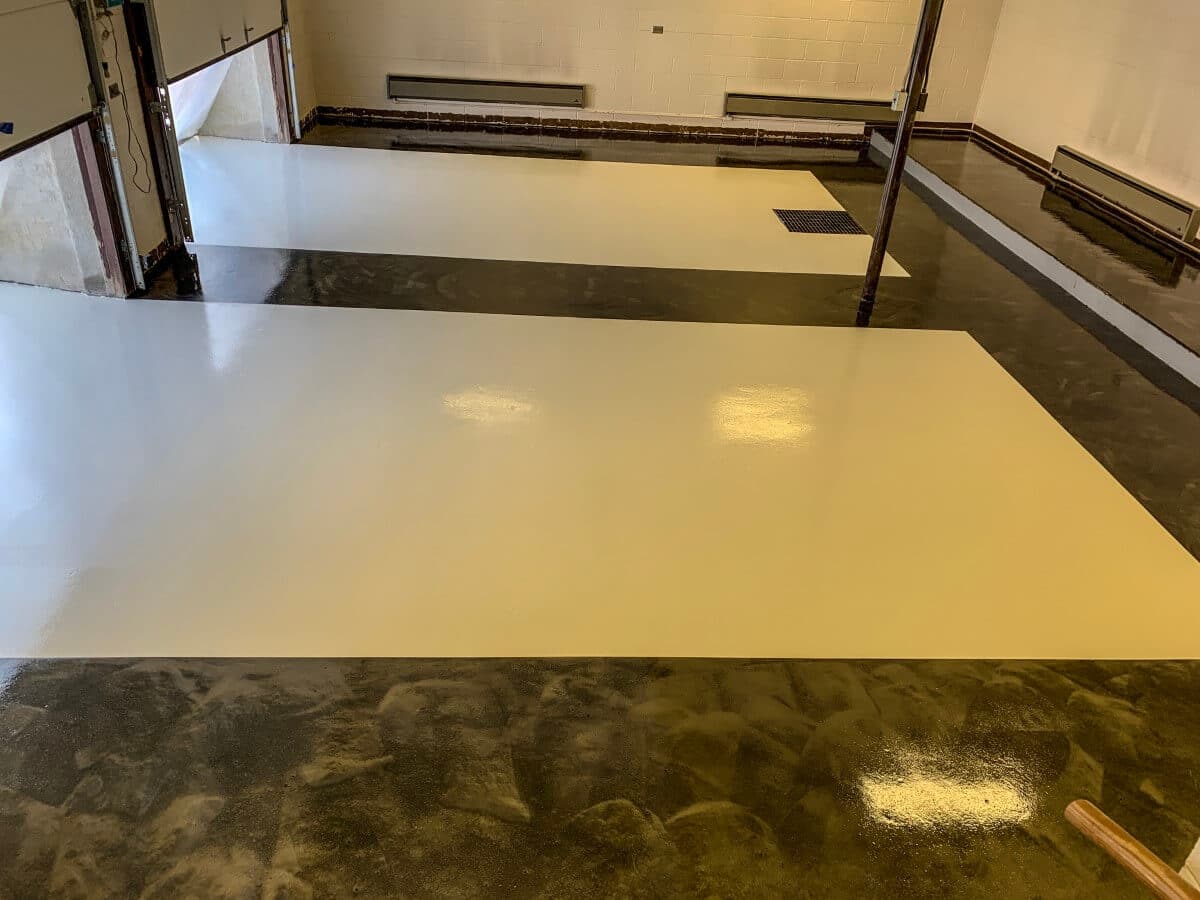Enhancing Durability and Aesthetics The Importance of Concrete Covering
Concrete covering plays a critical role in the longevity, durability, and aesthetic appeal of concrete structures. It refers to the protective layer of concrete that shields the reinforcing steel bars (rebars) from corrosion and damage caused by environmental factors. This layer is essential in maintaining the structural integrity of buildings, bridges, dams, and other infrastructure.
One of the primary functions of concrete covering is to prevent corrosion of the steel reinforcement within the concrete. When steel is exposed to moisture, oxygen, and chloride ions (commonly found in coastal environments or deicing salts), it can corrode over time. This corrosion not only weakens the steel but also causes the concrete to crack and spall, compromising the structure's stability. By providing adequate concrete cover, typically specified in design codes and standards, engineers ensure that the steel remains protected, thus extending the lifespan of the structure.
Moreover, concrete covering enhances the fire resistance of structures. Concrete itself is inherently fire-resistant, but the protection of the reinforcement bars is crucial in preventing structural failure during a fire. The cover slows down the heating of the steel bars, delaying the onset of critical temperatures that can lead to structural collapse.
Beyond its protective function, concrete covering contributes significantly to the aesthetic appeal of buildings and infrastructure. Architects and designers can use various finishes and textures to achieve desired appearances, ranging from smooth and polished surfaces to exposed aggregate or decorative patterns. This versatility allows concrete to blend seamlessly with different architectural styles while providing the necessary durability and strength.
achieving the correct concrete cover thickness is crucial. Factors such as exposure conditions, structural requirements, and environmental considerations must be carefully evaluated during the design phase to determine the appropriate cover thickness. Special attention is given to areas prone to moisture ingress or mechanical damage, where thicker covers or additional protective measures may be necessary.
concrete covering is not merely a protective layer but a fundamental component in ensuring the resilience, longevity, and aesthetic appeal of concrete structures. By meticulously designing and implementing the right covering thickness and materials, engineers and architects can create durable, safe, and visually appealing infrastructure that withstands the test of time and environmental challenges. This careful consideration of concrete covering underscores its importance in modern construction practices, where sustainability and longevity are paramount concerns.
For more info:-

Comments
Post a Comment